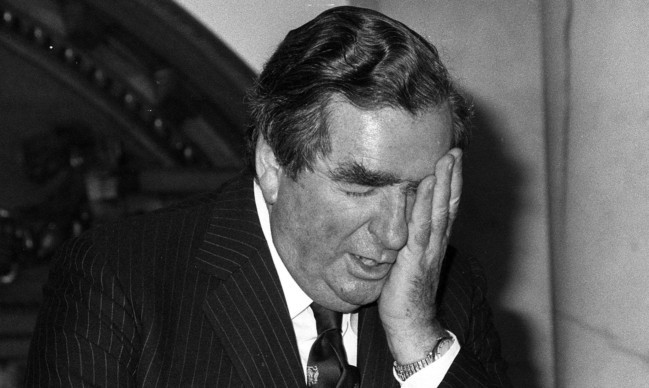North Sea oil projections were not suppressed in the 1970s to head off the threat of Scottish nationalism, according to the Scottish Conservative Party.
Former Labour Chancellor Denis Healey caused a stir amongst Scottish nationalists last week when he claimed that his Treasury “did underplay the value of the oil to the country because of the threat of nationalism”.
The amount of oil extracted by 1980 was within the Treasury’s early estimates, according to the Tories, but the SNP insist that its monetary contribution to the UK economy was undervalued.
In 1973 Tory Minister for Industry Tom Boardman predicted that “a most likely range of oil production in 1980 of 70 million to 100 million tons”, in response to a parliamentary question (PQ) by then Labour MP and later nationalist stalwart Jim Sillars.
Historical statistics from the UK Department for Energy show that UK oil output in 1980 was 80.47 tons, well within the early estimates according to Tory deputy leader Jackson Carlaw.
However, the Tories had also dismissed SNP predictions that oil would contribute up to £2,400 million to the economy by 1980 when the actual figure was £2,700 million, according to SNP MSP Maureen Watt.
Mr Carlaw said: “The view that the value of oil was played down can now be completely dismissed. Those claims come from a discredited former Labour chancellor, who was one of the architects of the 1970s economic disaster Margaret Thatcher had to clear up.
“The figures show very clearly that the UK Government made a public estimate, which was gleefully quoted by both the SNP and Labour at the time.
“Yet history demonstrates that this estimate was entirely accurate after all, proving suggestions that the worth of oil was somehow played down are well wide of the mark.
“The SNP should really undertake some proper research before jumping to wild conclusions based on an unreliable source they themselves voted out of office in a no-confidence motion in 1979.”
Ms Watt said: “Denis Healey wasn’t Chancellor and the Labour party were not in office when this PQ was answered, and it predates the McCrone report which was kept secret for over 30 years because of the ‘the extreme sensitivity of the subject’ as its very own author wrote.
“It shows an incredible level of panic that the Tories describe the man who was Chancellor of the Exchequer for over half the 1970s as an ‘unreliable’ source.
“Nor does it recognise how the Tories tried to play down the value of Scotland’s oil revenues. The SNP remember how the Tories attacked an SNP prediction that oil taxation and royalties might be in the range of £825m to £2400m by 1980. In the event the actual figure was £2700m.
“The Tories protest too much. Their desperation to refute the claim says everything about how sensitive they are – with good reason – to the suggestion they, and other Westminster Governments, do not act in Scotland’s best interests.”
